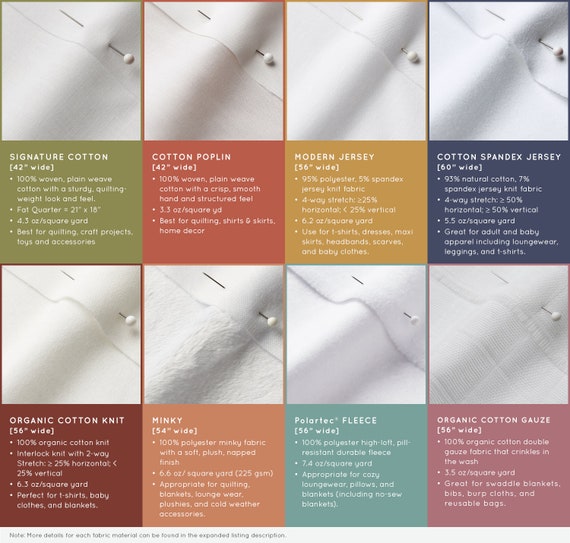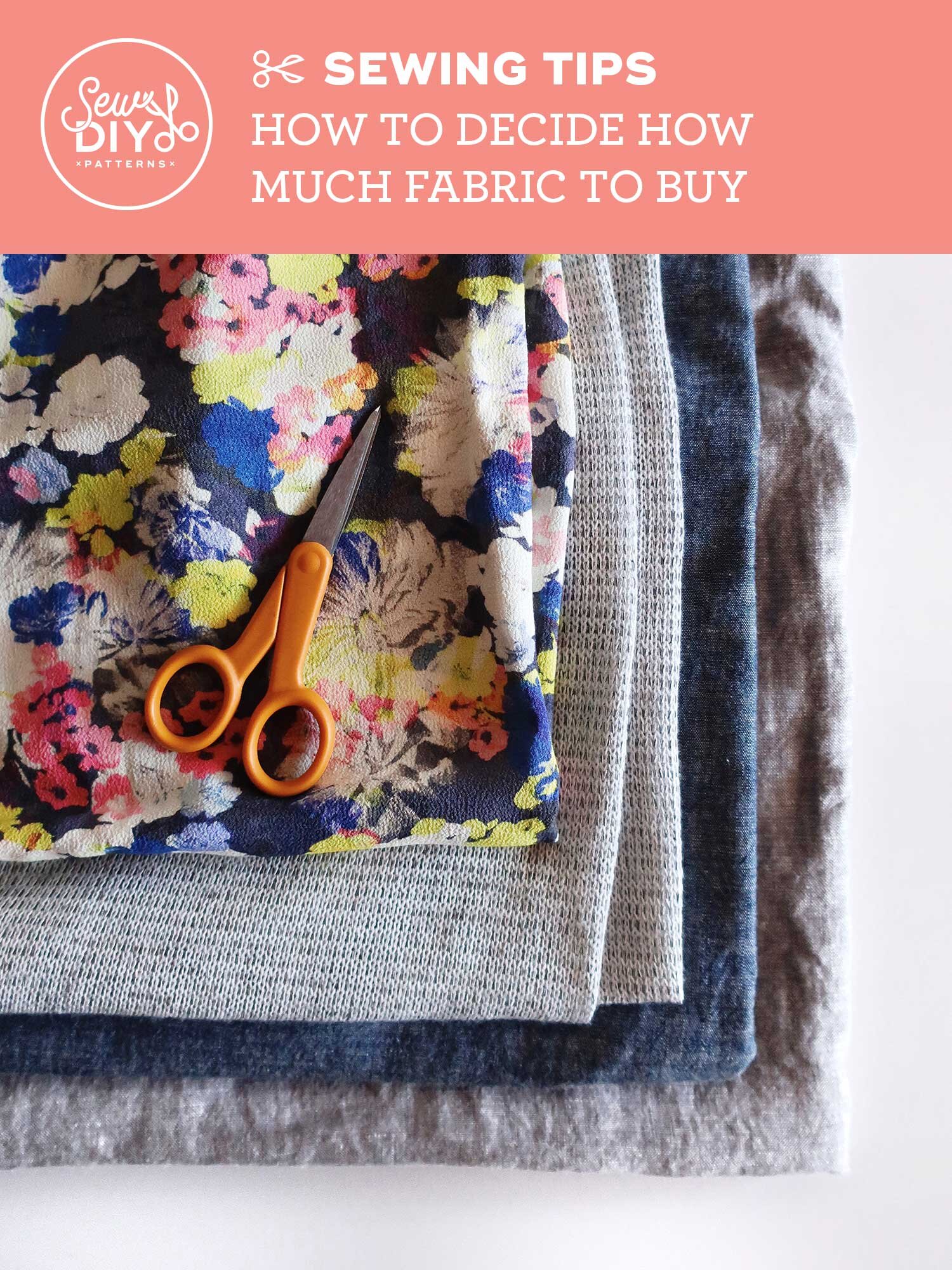The Basic Principles Of All 4 Way Stretch Fabrics
The Basic Principles Of All 4 Way Stretch Fabrics
Blog Article
The smart Trick of All 4 Way Stretch Fabrics That Nobody is Talking About
Table of ContentsThe Of All 4 Way Stretch FabricsThe smart Trick of All 4 Way Stretch Fabrics That Nobody is Talking AboutAll 4 Way Stretch Fabrics Fundamentals ExplainedThings about All 4 Way Stretch FabricsAll 4 Way Stretch Fabrics for Dummies
The textile weight is dependent on numerous aspects like the weave, fiber kind, and so on and is normally signified by GSM. GSM can vary from 60 -700; 700 being the GSM of really high-grade woolen textile.One point you have to keep in mind is that higher fabric weight does not denote greater fabric top quality. It simply is a sign of the suitability of the fabric for a certain job. You can not choose high textile weight material denim for a light-weight floating stole. Understanding the fabric weight is helpful when contrasting the very same sort of fabrics, yet even this will rely on its application.
In a nutshell, the most crucial standards to look for in the fabric you purchase are as adheres to. The number of strings per inch of fabric (yarns-per-inch).
This is really important in any material. In premium material, this balance (either in numbers or in dimension) will certainly constantly be maintained. Procedures utilized on fabric to boost appearance and efficiency. sportswear fabric. The fibers that are woven to make the fabric will certainly either be as a solitary hair or will certainly be created by incorporating two yarns (turned).
Some Ideas on All 4 Way Stretch Fabrics You Need To Know
A two-ply thread transcends to a single-ply yarn.

If you are preparing to start a brand-new stitching task, choosing a fabric will certainly be one of the most essential action when you decide what you intend to make. After you've mosted likely to all the trouble and expenditure of getting the sewing maker you like, a pattern you love, and a textile you love, you desire the finished item to be a success, right? One means to complete that is to begin by making sure your textile is genuinely right for the job.
If you're making a patchwork, you'll instantly desire to make use of quilter's weight cotton for ideal results. But suppose you intend to make a thing of apparel? Exactly how do you understand which material will give you the best outcome? Selecting a textile just since you like the print or design on it isn't necessarily the most effective technique.
You obtain the picture. So to avoid doing an entire task for basically nothing, we have actually compiled some pointers to assist you determine which textile is ideal for your project. Allow's say you currently have a project in mind; just how do you discover the right textile for it? One method is to look at comparable things in storesor ones you already have.
Examine This Report about All 4 Way Stretch Fabrics
Assume of the qualities you desire the ended up item to have. Do you desire a solid shade or a print? If you are making a non-wearable product such as a pillow cover or potholder, use a tough material such as canvas.
There is so much details available about textiles, their features, and their usages, it might reach be frustrating! So don't attempt to take it in all at the same time; simply start with the project handy. Discover all you can regarding the textile you make use of for this task.
Include little swatches for referral. You will have your own little library of details to browse when you start each new job.
If you're starting with a pattern that you know you want to make, the majority of the moment the pattern will certainly inform you which type of fabric will certainly function best for that patternor at the very least provide you standards. The guidelines are there for a factor; pay focus to them! You can make your very own choice and do your very own point, but you might finish up needing to redesign it if it does not go so well.
Not known Factual Statements About All 4 Way Stretch Fabrics
If you're a sewing novice, start with cotton, such as you would certainly locate in the quilting location of a fabric store. Cotton is without a doubt the most functional and easiest textile to collaborate with, and almost anything can be made with cotton. Make certain to wash it initially, since it does reduce.
Choose an item of garments to make, or a craft projectjust stay clear of things that need to be stretchy (knits) or upholstery-type projects (heavy, long lasting fabrics). Woven cotton, materials that are very easy to handle are flannel, non-flimsy woven silks, and wool or woollen blends. Avoid anything with a snooze, such as velvet or fake hair, and avoid slippery or large materials.
You will be happy of the completed job rather of disappointed with time and products thrown away. We can assist you learn new methods or inspire you to obtain begun, directing you with any kind of task you would certainly like to complete.
Consist of little swatches for referral. You will certainly have your very own little library of info to surf when you start each brand-new job.
Examine This Report on All 4 Way Stretch Fabrics

If you're a stitching newbie, begin with cotton, such as you would certainly discover in the quilting location of a fabric store visit the website (woven stretch fabric). Cotton is by far the most functional and simplest textile to work with, and nearly anything can be made with cotton. Make sure to wash it first, since it does shrink
Select a product of apparel to make, or a craft projectjust avoid points that require to be elastic (knits) or upholstery-type jobs (heavy, resilient materials). Woven cotton, textiles that are very easy to manage are flannel, non-flimsy woven silks, and woollen or woollen blends. Prevent anything with a nap, such as velvet or phony fur, and avoid unsafe or large fabrics.

Report this page